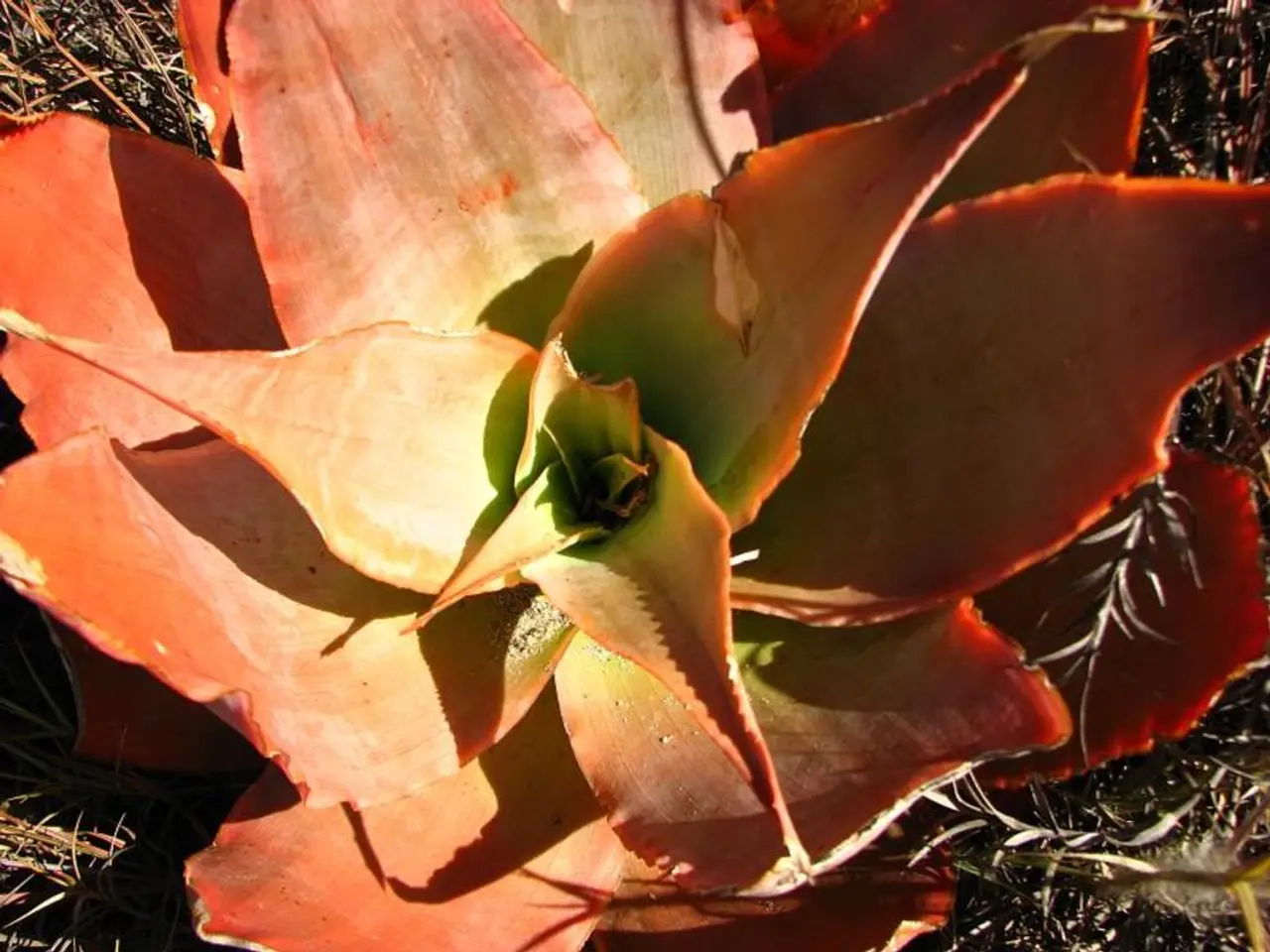Non-Invasive Plant Alternatives for Gardens: Discover 8 Attractive and Harmless Species
In an effort to protect local ecosystems and support biodiversity, choosing native alternatives to invasive garden plants has become a popular choice among garden enthusiasts. By opting for native species, we can prevent the spread of aggressive, non-native species that pose a threat to our local flora and fauna.
One such alternative is Wild Ginger (Asarum spp.), a native groundcover that serves as a perfect substitute for invasive groundcovers like periwinkle. Growing close to the ground and boasting interesting foliage, Wild Ginger can be cultivated as far north as zone 4 or 5. Another native option is Pink Muhly Grass (Muhlenbergia capillaris), a hardy plant native to eastern and southern states, which can replace Chinese silver grass in zones 6 through 9.
For those seeking flowering plants, Eastern Redbud (Cercis canadensis) is a beautiful native flowering shrub or tree that makes an excellent alternative to Bradford pear and princess tree, and can be grown in zones 4 through 8. In the eastern U.S., American Wisteria (Wisteria frutescens) is a native alternative to invasive Chinese or Japanese wisteria, offering grape-like clusters of purple flowers and thriving in zones 5 through 8.
Arrowwood Viburnum (Viburnum dentatum) is another native shrub, used to replace privet, and can be grown in zones 2 through 8 in moist, well-drained soil with full sun or partial shade. It offers excellent fall color, making it a popular choice for gardeners. Coral Honeysuckle (Lonicera sempivirens) is a native alternative to invasive honeysuckles, offering coral, trumpet-shaped flowers and growing in zones 6 through 9 as a climbing semi-evergreen vine that blooms in spring and early summer.
For those looking for non-native options, Hostas, Bleeding heart, Ligularia, and Coral bells are suitable for shady areas, while Daylily cultivars (avoid common orange daylilies), Peonies, Siberian irises, and Giant phlox are recommended for sunny spots.
To further prevent the spread of invasive species, it's recommended to plant densely with native species to outcompete invasives, install physical barriers like trenches or rock rows along property lines to block invasive roots and runners, and avoid plastic barriers to prevent soil contamination.
By selecting native alternatives, gardeners can not only enhance the beauty of their gardens but also contribute to the preservation of local ecosystems. Always consult regional invasive plant lists and native plant guides for the best fit in your area. Happy gardening!
[1] [Local Resources for Native Plants](http://www.example.com/nativeplants) [2] [Invasive Plant List](http://www.example.com/invasives) [3] [Native Plant Guide](http://www.example.com/nativeplantguide)
In home-and-garden settings, one can choose native alternatives like Wild Ginger and Pink Muhly Grass for gardening, favoring Eastern Redbud, American Wisteria, Arrowwood Viburnum, and Coral Honeysuckle in suitable zones. These native options can help enrich the lifestyle of gardeners while also preserving local ecosystems and supporting biodiversity. For further information, consult regional invasive plant lists and native plant guides.




